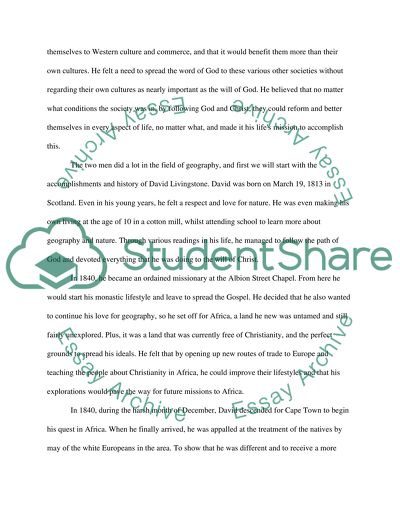Cite this document
(“Opening the West to New Horizons Essay Example | Topics and Well Written Essays - 2000 words - 1”, n.d.)
Opening the West to New Horizons Essay Example | Topics and Well Written Essays - 2000 words - 1. Retrieved from https://studentshare.org/geography/1535424-opening-the-west-to-new-horizons
Opening the West to New Horizons Essay Example | Topics and Well Written Essays - 2000 words - 1. Retrieved from https://studentshare.org/geography/1535424-opening-the-west-to-new-horizons
(Opening the West to New Horizons Essay Example | Topics and Well Written Essays - 2000 Words - 1)
Opening the West to New Horizons Essay Example | Topics and Well Written Essays - 2000 Words - 1. https://studentshare.org/geography/1535424-opening-the-west-to-new-horizons.
Opening the West to New Horizons Essay Example | Topics and Well Written Essays - 2000 Words - 1. https://studentshare.org/geography/1535424-opening-the-west-to-new-horizons.
“Opening the West to New Horizons Essay Example | Topics and Well Written Essays - 2000 Words - 1”, n.d. https://studentshare.org/geography/1535424-opening-the-west-to-new-horizons.


